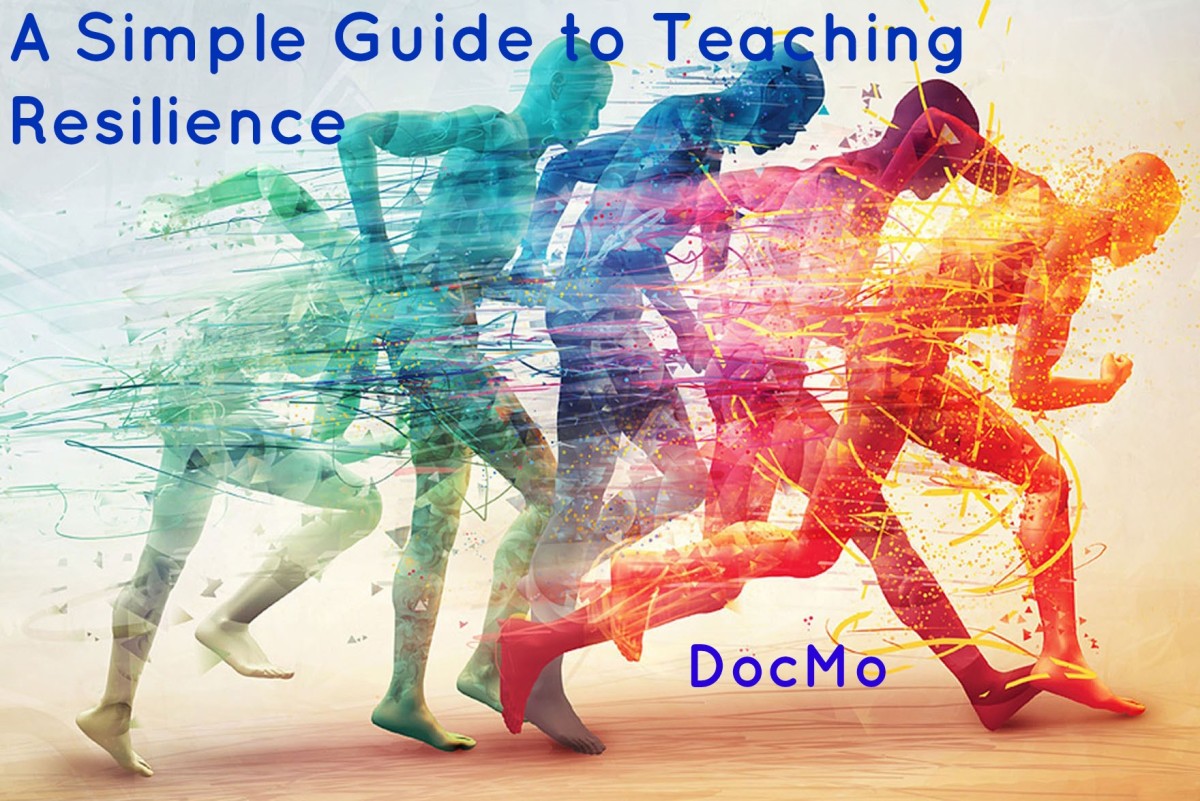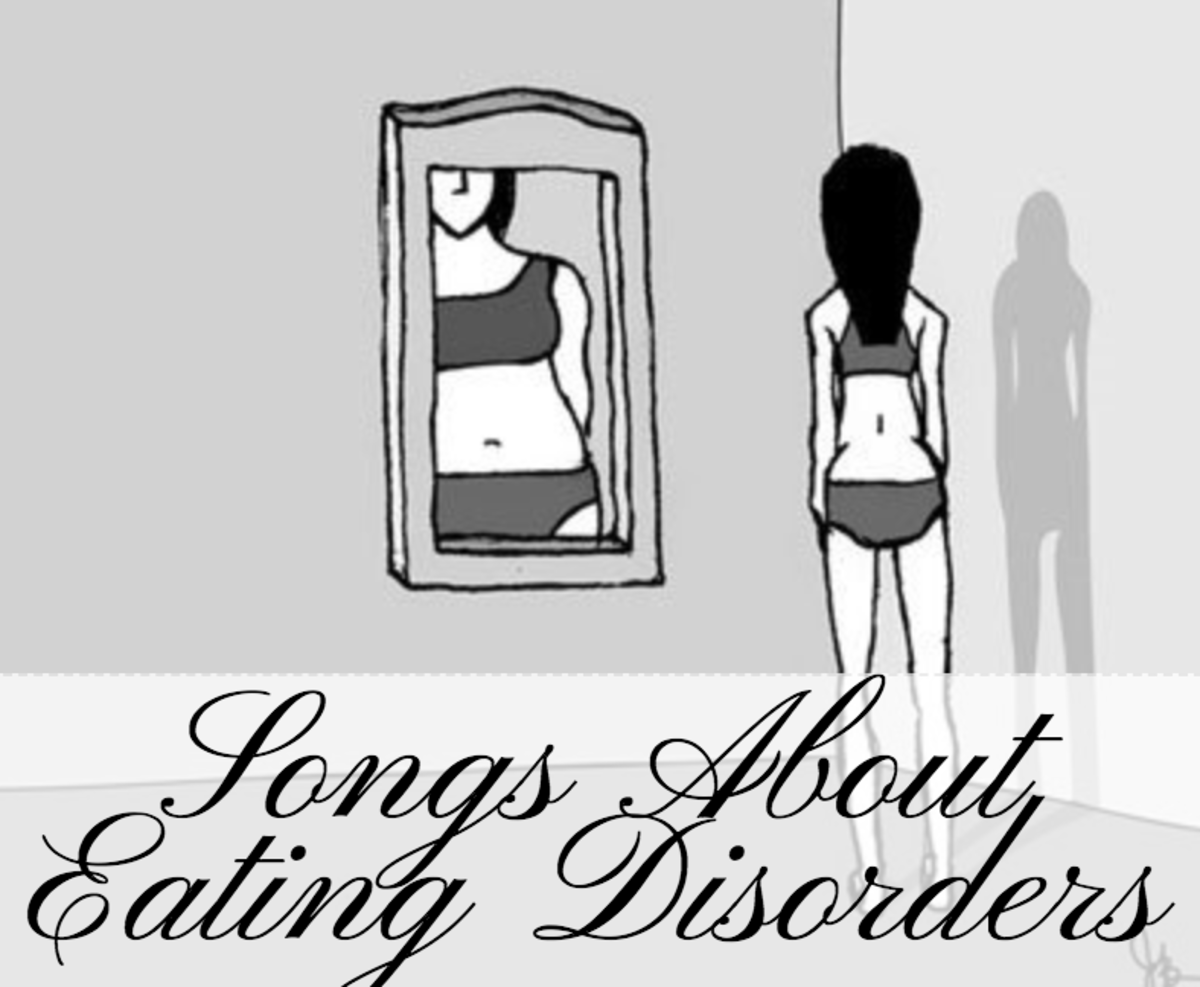- HubPages»
- Health»
- Mental Health»
- Eating Disorders & Mental Health
Bulimia
Bulimia is an eating disorder characterized by recurrent binge eating, followed by compensatory behaviours, referred to as "purging".
The word bulimia literally means “ox hunger”. The word describes the bulimic person who feels a voracious appetite but who after feeding herself excessively does whatever she needs to get rid of the ingested food and with it, the feeling of guilt, fear of becoming fat and physical pain due to over eating.
Eating and Vomiting in history
Eating and vomiting are not new behaviours in our society. They existed together since the antiquity. It is recorded that during the time of the great Roman Emperors vomiting was an accepted behaviour during their parties and orgies. It was such a common behaviour that there was an area called the “vomitorium”. This was an area where people, usually guests to parties and orgies could go and get rid of the ingested food so they could go back to the party and continue to gorge themselves in all sorts of excesses.
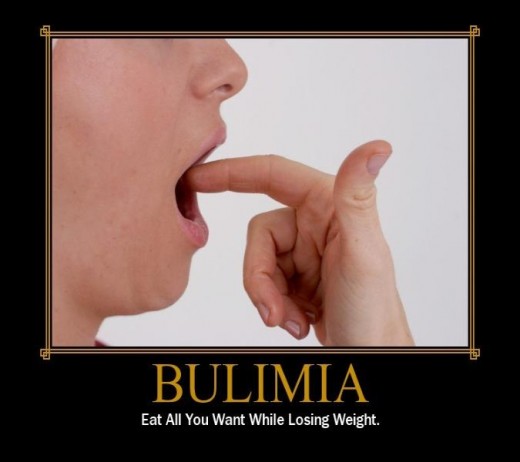
Another culture who used purging as an accepted behaviour was the Egyptians who every month had a few days of fasting in order to keep healthy.
It is only during the XIX and the XX century that the crisis of bulimia and vomiting were labelled as hysteric crisis or psychological disorders. Only in the 1970s was Bulimia acknowledged as a real psychological problem, a problem within the eating disorders like anorexia.
Do I have an eating disorder?
- Eating Disorder - Bulimia - Anorexia Screening Test
Screening test to check if you are suffering from Anorexia or Bulimia eating disorder -
How to Use Blood Tests to Detect Bulimia | eHow.com
How to Use Blood Tests to Detect Bulimia. Bulimia is a serious eating disorder in which a person makes himself vomit after eating in an attempt to avoid gaining weight. It's difficult to directly diagnose the condition, although you can use b... - Calculators - Height and weight for adults
Medindia offers a useful calculator, to calculate the ideal body weight for adults
Diagnosing Bulimia
Bulimia is very difficult to detect because sufferers are usually of normal weight, sometimes they are even overweight. The American Psychological Association uses the following criteria to diagnose bulimia.
- Recurrent episodes of binge eating. That is, a lack of control over eating
in a fixed period of time. This ends
with the person eating more than what she or any other person would
usually eat in a similar period of time.
- A recurrent inappropriate compensatory behaviour
to prevent weight gain, such as: self-induced vomiting; misuse of laxatives,
diuretics, or other medications; also fasting and excessive exercise.
- The bulimic episodes take place at least
twice a week and over 3 months. People who have bulimic behaviours less
than twice a week are not medically considered bulimics, but they still
need help.
- Self esteem is excessively influenced by
the person’s weight.
Being diagnosed with bulimia does not explain the why or how a person became bulimic. Each case is individual. Treatment should take into account personal circumstances.
Types of Bulimia
There are basically two sub-types of Bulimia:
- Purging: when the person self induces vomiting or any
other means to evacuate the food ingested quickly.
- Non-purging: when the person uses excessive exercise
as a way of burning all the extra calories ingested.
Some people have both subtypes or alternate between the two behaviours. The people who purge appear more disturbed than those who don’t, they have a tendency to be more depressed and anxious and also to be unhappier with the way they look.
When does it start?
Generally the first bulimic behaviours take place during adolescence.
Effects Of Bulimia
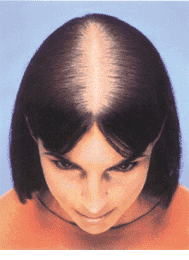
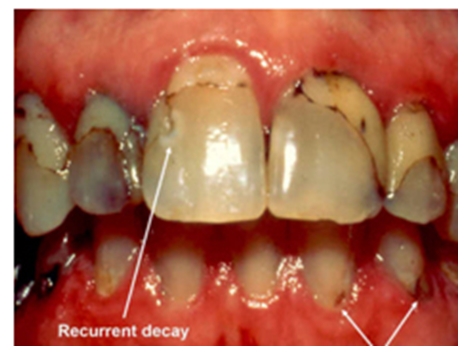

Effects:
Feeling up the stomach excessively and repetitive purging causes among many others:
- Chronic gastric reflux after eating, constipation, diarrhoea, stomach cramps and flatulence among many other digestive troubles.
- Low blood pressure, vertigo and a slow cardiac rhythm.
- Anaemia
- Dehydration caused by frequent vomiting and abuse of laxatives and diuretics. This in turn causes a lack of sodium in the body leading to kidney failure.
- Electrolyte imbalance, which can lead to cardiac arrhythmia, cardiac arrest, and even death. Frequent vomiting disturbs the metabolism of potassium, an electrolyte that is responsible for muscular contraction. The heart is a muscle, it if does not work properly because there is an imbalance of potassium in the body, the person risks death. An imbalance of potassium also alters the kidneys and after years of vomiting and consuming laxatives, kidney failure can appear.
- Tearing or rupture of the oesophagus caused by repeated forced vomiting.
- Oral trauma, in which repetitive insertion of fingers or other objects in the mouth to induce vomit, causes lacerations to the lining of the mouth or throat.
- Pancreatitis
- Peptic ulcers
- Severe caries ('cavities') as the stomach acid lowers the pH of the oral environment making the teeth far more susceptible to demineralization.
- Osteoporosis can settle after about two years of bulimic behaviour. It can be reversible during adolescence but not during adulthood.
- Loss of fertility.
- Loss of hair and dry skin.
- Anxiety, insomnia and depression.
What Causes Bulimia
Bulimia is related to deep psychological issues and feelings of lack of control over what one eats, when and how. Sufferers often use the destructive eating pattern to feel in control over their lives. After a while, bulimics find that they no longer have control over their binging and purging. The binging becomes an addiction that seems impossible to break.
Every one of two bulimics also suffers from depression and half of the bulimics suffer from anxiety. It is not rare either for bulimics to abuse alcohol and other drugs.
Recovery
Recovery is very hard, and often, in the early stages of recovery, the patient will gain weight as they rehydrate and obtain electrolytes that they have lost during the purging process.
Bulimia Risk Groups
There are higher rates of eating disorders in groups involved in activities that emphasize thinness and body type, such as gymnastics, modelling, dance, cheerleading, running, horse riding, acting, and figure skating.
When can we say that a person has bad eating habits and when can we say that the person is bulimic?
Our society encourages slimness, therefore it has become common for young women to spend hours exercising and dieting to achieve the perfect body. How can we distinguish the perturbed eating behaviour? Usually, there is something to worry about if:
1. The person eats with anxiety or guilt. Eating is not enjoyable but a source of shame and anxiety.
2. Eating causes ill sensations. The person feels pain, bloated or nauseous after eating.
3. The person only eats a very strict or very rigid diet. Her eating is very stereotyped.
4. Eating is very irregular; the person does not follow a schema of three meals a day. The person prefers to do something else to avoid eating and losing control over the amount eaten.
5. The person goes from very restrictive eating to extreme over eating. Feeding behaviour becomes unstable.
6. Feeding habits reflect the emotional state of the person, like someone eating because she is sad, lonely or anxious.
7. Feeding is modified by weight. The person weights herself and plans her eating for the day according to her weight and her objectives.
8. Inadequate physical activity. That is, exercising excessively with the whole objective of burning calories. The person isolates herself to dedicate all her free time to exercise.
Men Suffer From Bulimia Too !
- How Prescott's bulimia revelation may help other male sufferers
British politician John Prescott, 69, has admitted that he 'took refuge' in bingeing on comfort food before vomiting it up during the stressful early years of Tony Blair's Labour government. "I'm sure it was to do with stress," he said.
Other Resources On Eating Disorders
- Anorexia
The woman in the images is Isabelle Caro an ex model suffering from anorexia for the past 15 years. Isabelle who weights 31 kilos, appears now on the Italian streets on billboards and on magazines as... - Size 36 : The tyranny.
For Cinderella it was a "glass slipper" that allowed her to find her Charming Prince and marry him to live happily ever after. In modern day life it is a Size 36 that we believe will open the doors to our... - Male Anorexia
Eating disorders such as anorexia are not just a "girl's problem". Eating disorders affect both sexes. The causes, effects and treatment are similar. The main difference is that it is more difficult to...
Help Yourself Come Out Of Your Bulimia
- Bulimia: help yourself
Are you Bulimic and want to change that? Do you want to regain control of your life and finish with the circle of Bulimic behaviour? The most important thing to stopping bulimic behaviour is wanting to stop it. You are the only person who can decide







